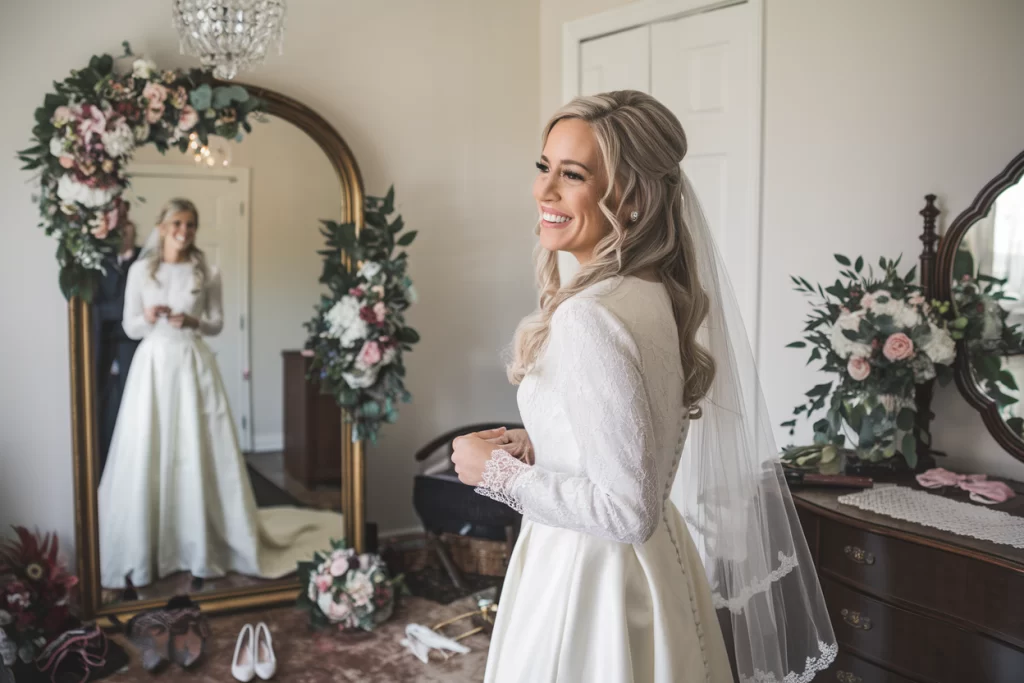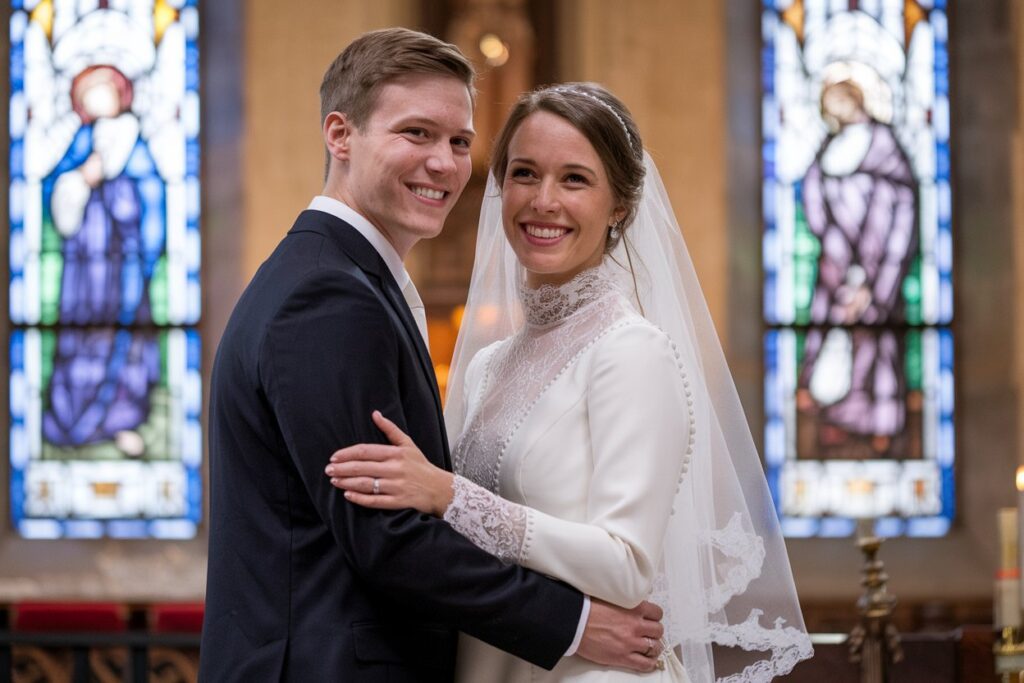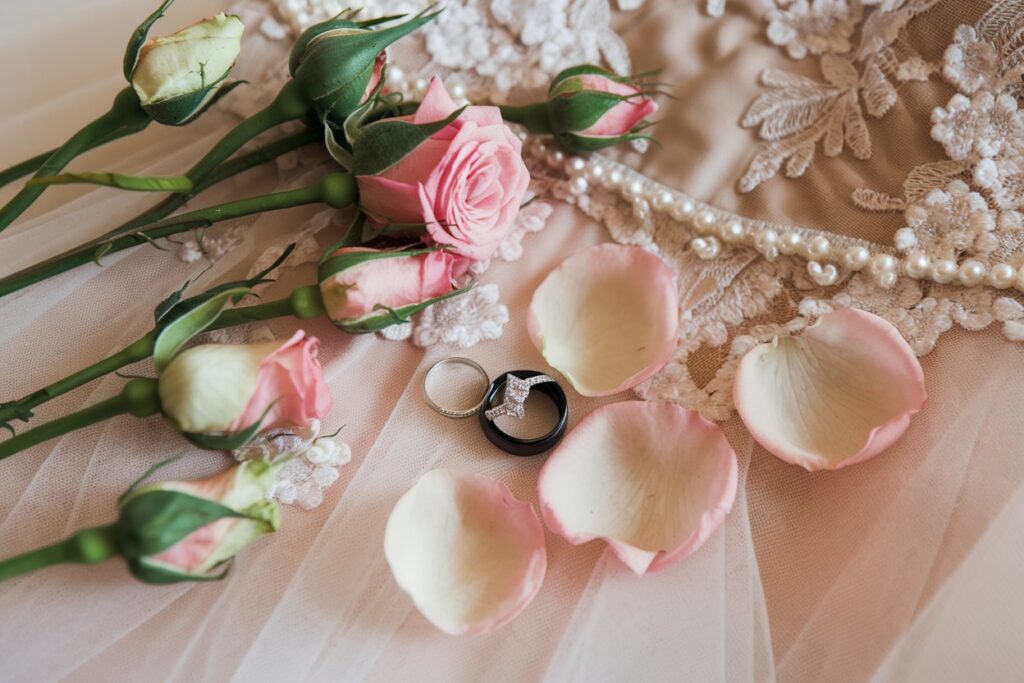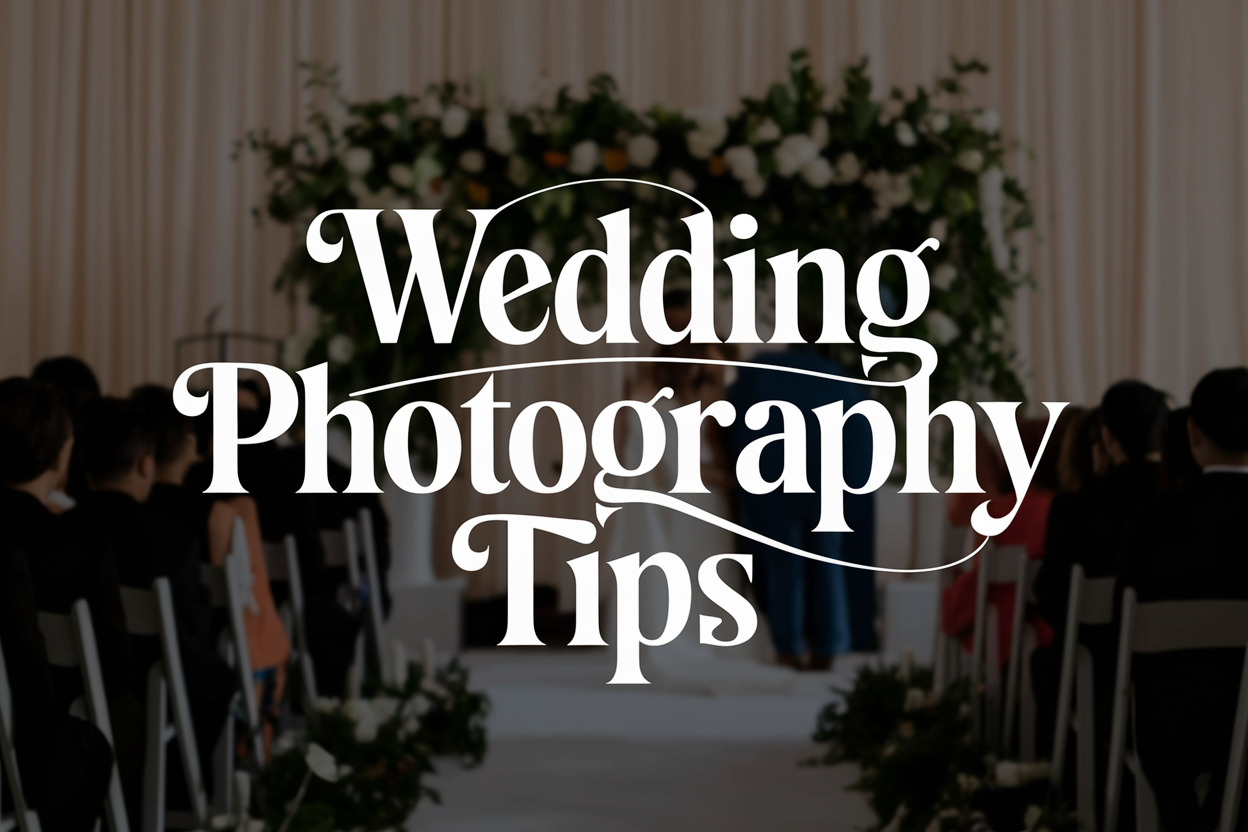Wedding photography is a special art form that requires a combination of technical skills, creativity, and an understanding of human emotion. It’s not just about taking beautiful pictures; it’s about telling a couple’s unique love story, capturing the essence of the day, and creating timeless memories. Whether you’re a professional photographer or someone just starting out, these wedding photography tips will help you elevate your work and ensure that the moments you capture will be cherished for years to come.
1. The Importance of Preparation

Before you even pick up your camera, preparation is key. A wedding is an event full of fast-moving moments, from the early morning preparations to the late-night dancing, and without proper planning, it’s easy to miss the crucial shots. As a wedding photographer, you’ll need to wear many hats. You’re not only a photographer; you’re a planner, a problem-solver, and a storyteller. Here’s how you can prepare:
Consult with the Couple
Every wedding is unique, and so are the couples you’ll be working with. Have a thorough consultation with the bride and groom about their expectations. Discuss the key moments they want to be captured—this could be anything from the first look to the cutting of the cake, and everything in between. Ask them about any specific family dynamics or traditions that should be acknowledged in your photos. It’s also helpful to know if there are any “don’t miss” moments for them—like a candid shot of the flower girl or a close-up of the wedding rings.
Create a Shot List
Although candid moments will make up much of your wedding photography portfolio, having a shot list is essential. A shot list keeps you organized and ensures you don’t miss important moments like the ceremony, family portraits, and the first kiss. This list will vary depending on the couple’s preferences, but a typical wedding shot list might include:
- Bride and groom getting ready shots
- The ceremony (entrance, vows, first kiss)
- Bride and groom portraits
- Family and group shots
- Details (rings, flowers, decor, and attire)
- Reception (first dance, cake cutting, and speeches)
Discuss the timeline of the day with the couple, the wedding planner, or the coordinator to ensure you know when and where each shot will take place.
Scout the Venue
If possible, visit the wedding venue before the event. Get familiar with the layout, lighting, and areas where you can capture photos. Pay attention to where the best light is, whether it’s natural light or artificial lighting, and the location of the ceremony and reception. Take note of the available backgrounds and how the venue’s architecture or decor can add depth and interest to your shots.
2. Capturing Candid Moments
While posed portraits are important, candid moments are often the ones that truly tell the story of the day. Weddings are emotional events, and capturing the raw feelings of joy, excitement, and love will make your photos stand out. Here are some ways to ensure you capture those authentic moments:
Stay Alert
Be attentive to what’s happening around you. It’s easy to get caught up in the big moments, like the ceremony or the first dance, but the smaller moments often make for the most heartfelt shots. Be ready to capture intimate expressions, a guest’s joyful tears, or a meaningful glance between the bride and groom. These are the images that will make your work stand out and create a deeper connection with your audience.
Blend In with the Crowd
A great wedding photographer is almost invisible. Move around the venue without drawing attention to yourself. Stay in the background and allow your subjects to be themselves. If you’re constantly interrupting or directing people, you may miss genuine moments. By blending in, you’ll capture the spontaneous, unscripted moments that make weddings so special.
Be Patient
Some of the best candid moments come from simply waiting and observing. Whether it’s the bride’s first look at her wedding dress or a group of friends laughing during the reception, be patient and allow these moments to unfold naturally. Your job is to be ready and poised to capture them when they do.

3. Mastering Lighting
Lighting is one of the most important aspects of wedding photography. The right lighting can transform an image, making it look soft, romantic, or dramatic. The wrong lighting, on the other hand, can ruin a shot entirely. Here’s how to make the most of lighting on a wedding day:
Use Natural Light When Possible
Natural light is your best friend, especially for portraits. It’s soft, flattering, and creates a warm, romantic feel. If you’re shooting outdoors, try to take advantage of the golden hour—the hour just after sunrise or just before sunset—when the light is at its most flattering and warmest. In indoor settings, position your subjects near large windows or any available natural light sources.
Know Your Flash
If you’re shooting indoors or in low-light conditions, you’ll need to know how to use your flash to fill in shadows or brighten up your images. However, be mindful of harsh flashes that can create unflattering lighting or cause people to squint. Use a diffuser or bounce your flash off nearby walls or ceilings to create softer, more flattering light.
Use Artificial Lighting Wisely
In darker environments, such as a reception venue with low lighting, you may need to use artificial lighting to make sure you capture clear and vibrant images. Consider using softboxes, ring lights, or off-camera flash to control the direction and intensity of your light. Experiment with different settings to ensure you don’t lose the ambiance of the moment.
4. Focus on the Details
The details are what make a wedding feel personal and unique. Capturing these moments will add richness to your portfolio and help tell the full story of the day. Here’s what to focus on:
The Rings
The wedding rings are an iconic symbol of love and commitment. A close-up of the couple’s rings is a must-have shot for any wedding photographer. Consider getting creative with the composition—shoot the rings with a shallow depth of field or place them on a meaningful object, like the bouquet or an invitation.
The Dress
The bride’s dress is often the centerpiece of the wedding day. Capture the intricate details of the fabric, lace, or beadwork. If the bride is putting it on, photograph the moment of anticipation as she steps into her dress. During the ceremony or portraits, be sure to capture how the dress flows and fits.
The Bouquet and Floral Arrangements
Flowers add a splash of color and elegance to a wedding. Whether it’s a close-up shot of the bride’s bouquet or the grand floral arrangements in the venue, make sure to get these shots as they help set the tone of the day. Focus on the vibrant colors, textures, and shapes of the flowers.
Other Details
Take time to photograph the smaller details like the shoes, invitations, place settings, cake, and any special mementos that reflect the couple’s personality. These shots are often overlooked but are important in rounding out the wedding day story.

5. Posing and Composition
While candid moments are key, posed portraits are also an essential part of wedding photography. However, posed shots don’t need to feel stiff or artificial. Here are some tips for creating natural, beautiful posed portraits:
Create Natural Poses
Instead of rigidly instructing the couple or guests to “stand here” and “smile,” encourage more natural, relaxed poses. Have the couple walk toward each other, hold hands, or share a quiet moment. For family portraits, keep the atmosphere light and fun to avoid stiff, uncomfortable poses.
Consider the Background
When framing your shots, pay attention to the background. A distracting background can pull focus away from your subjects. Look for clean, simple backgrounds that complement your subjects. If you’re outdoors, consider the scenery—trees, gardens, or even the sky can serve as a beautiful backdrop.
Use Leading Lines and the Rule of Thirds
To create dynamic compositions, use leading lines to draw the viewer’s eye toward the subjects. For example, you could use a long aisle, a path, or even architectural elements to guide the viewer’s attention. Additionally, apply the rule of thirds—placing your subject off-center to create a more engaging composition.
6. Post-Processing and Editing
After the wedding, the editing process is where you’ll bring your images to life. Editing is an essential part of your workflow, as it helps to enhance the colors, contrast, and overall mood of the photos. However, it’s important to keep things natural and true to the event:
Maintain Consistency
Create a consistent editing style that complements the wedding’s vibe. Whether you’re going for a soft, romantic look with light pastels or a rich, dramatic look with deep contrasts, ensure that your editing style is cohesive throughout the entire gallery.
Enhance, Don’t Overdo It
Subtle adjustments to exposure, contrast, and sharpness can enhance an image without making it look overly processed. Avoid heavy filters or too much retouching—wedding photos should look timeless, not trendy.
Be Mindful of Skin Tones
Make sure the skin tones of the bride and groom look natural. Over-editing skin can lead to a fake appearance, so always aim for a natural, flattering look.
Conclusion
Wedding photography is both an art and a responsibility. The photos you take will be cherished memories for the couple, their families, and their friends for generations. By preparing ahead of time, staying attentive to the candid moments, mastering your lighting, and focusing on the details, you can create a wedding album that beautifully captures the essence of the day. Every wedding is unique, and as a photographer, you have the incredible opportunity to tell a one-of-a-kind story—one frame at a time.

